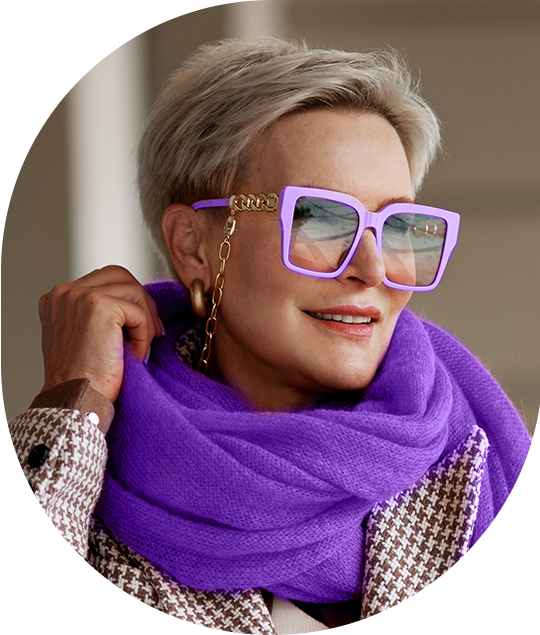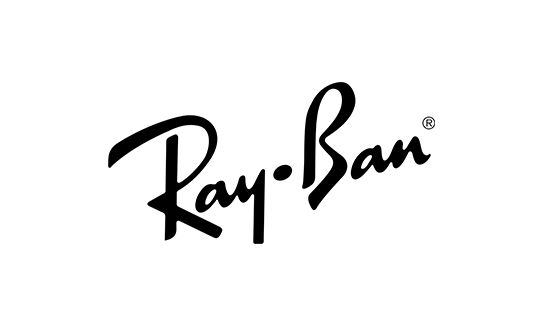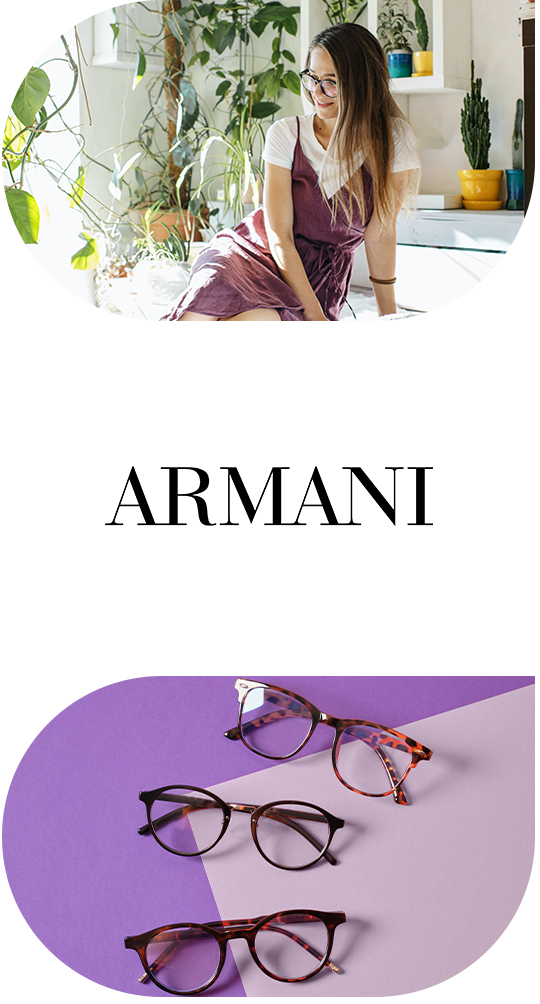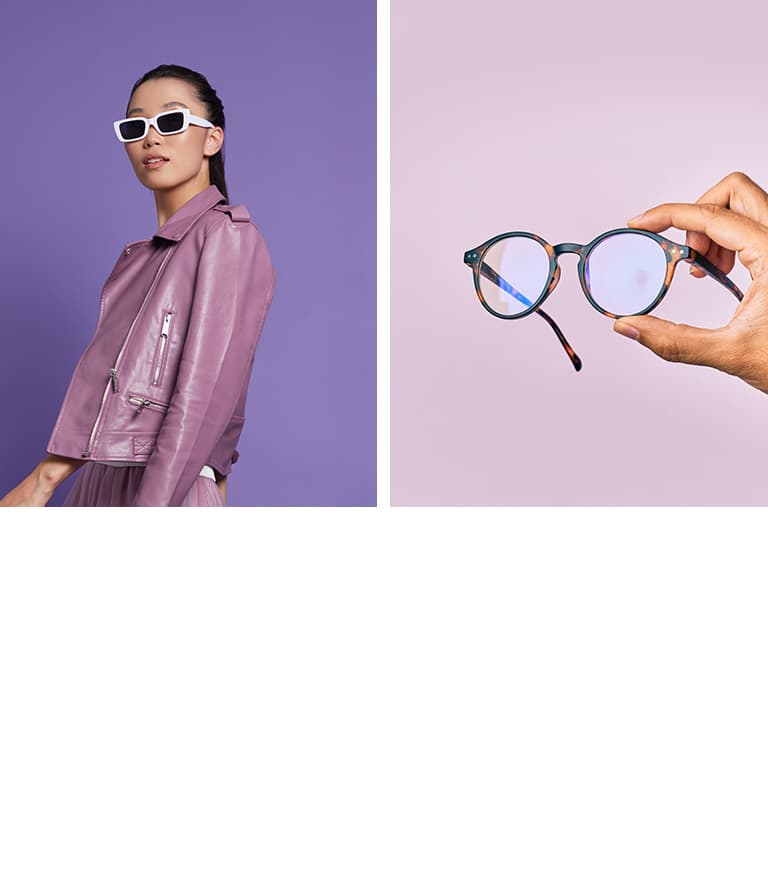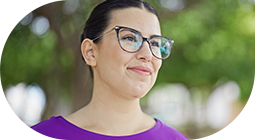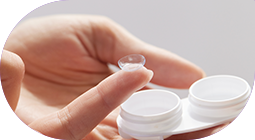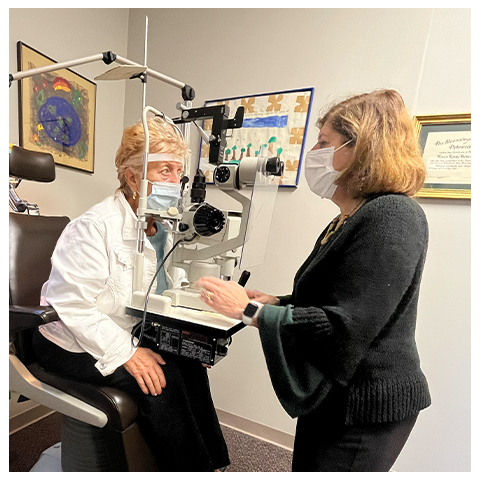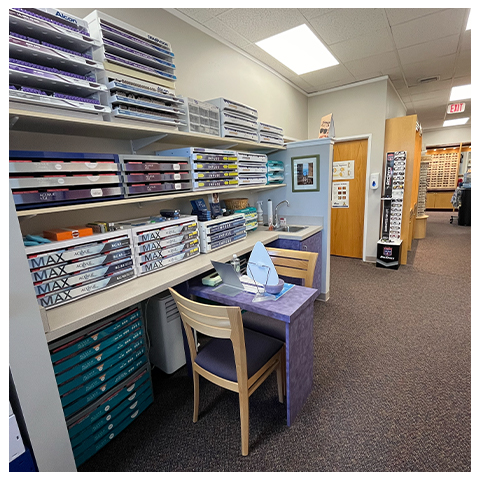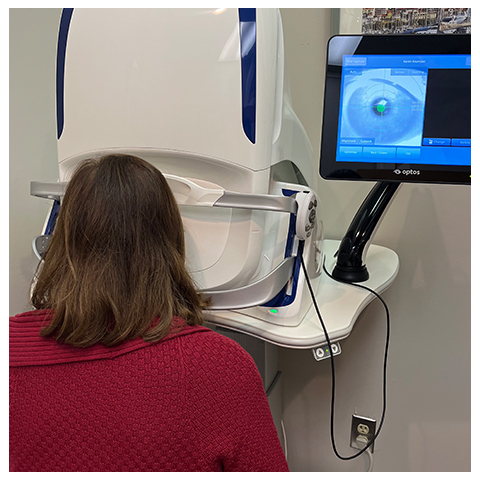
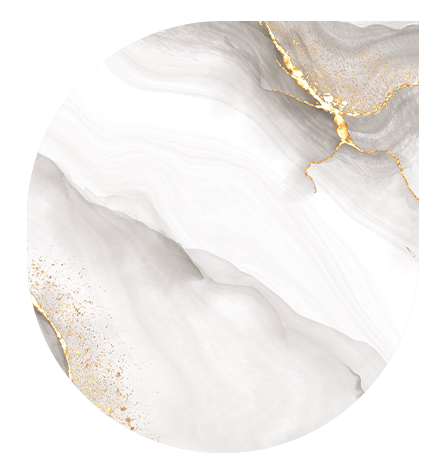
Personalized Eye Care
Your eyes and vision are precious. At Watertown Eye, we’ve built our patient experience around that sentiment. A visit to our clinic is more than just a simple checkup—we want you to feel comfortable with each of our services, including eye disease management, eye nutrition services, and dry eye treatment.
Dr. Karen Koumjian and the rest of our team look forward to welcoming you and your family to our practice. Contact us to book your appointment today.
Healthy Eyes Through Dry Eye Care
Dry eye can be a challenging condition to manage that can interfere with your comfort and eye health, and our team at Watertown Eye wants to help you find relief.
Through dry eye assessments and treatment methods like OptiLight by Lumenis, meibomian gland expression, and eyelid wipes, we can help treat your dry eyes. We are committed to finding a dry eye treatment method to address your specific symptoms.
Learn more about our dry eye services and how we can help you take your comfort back from dry eye disease.
Our Brands
